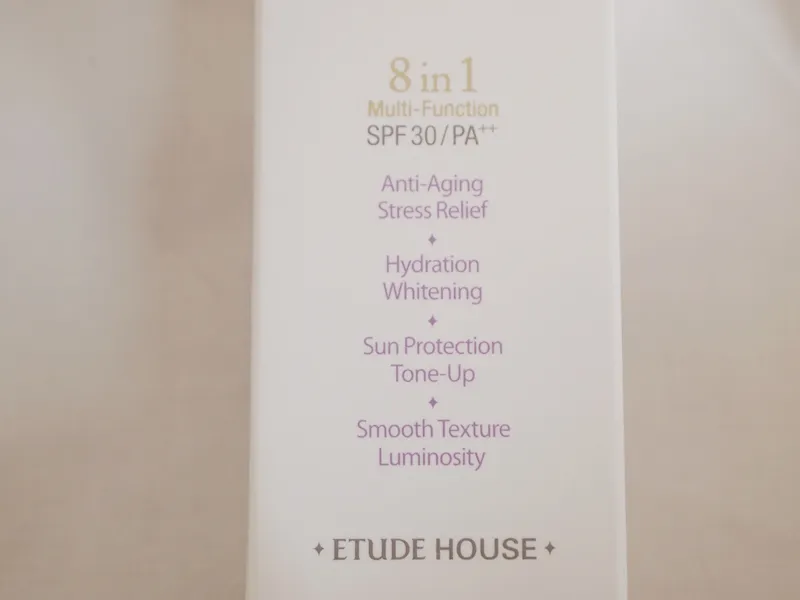What is Whitening Cream and How Does It Work?
Whitening creams, often marketed as skin-lightening creams, are topical products designed to reduce the appearance of dark spots, hyperpigmentation, and uneven skin tone. These creams work by interfering with the production of melanin, the pigment responsible for skin color. The process typically involves inhibiting tyrosinase, an enzyme crucial for melanin synthesis. As a result, the skin gradually becomes lighter over time. It’s essential to understand that whitening creams don’t change your natural skin tone but rather help to reduce the concentration of melanin in specific areas, leading to a more even complexion. The efficacy of these creams varies depending on the active ingredients, concentration, and individual skin type.
The Science Behind Whitening Creams
The science behind whitening creams revolves around the intricate process of melanin synthesis. Melanin is produced by melanocytes, specialized cells in the skin. The key enzyme involved in this process is tyrosinase, which converts tyrosine into melanin precursors. Whitening creams often contain ingredients that inhibit tyrosinase, thus reducing melanin production. Other mechanisms may include disrupting the transfer of melanin from melanocytes to keratinocytes (skin cells). Understanding these biological processes is crucial for selecting effective whitening creams. Moreover, the effectiveness can be influenced by factors like skin penetration and the stability of the active ingredients. Regular and consistent use is typically required to see noticeable results, and the time frame varies depending on the specific product and individual factors.
Ingredients to Look for in a Whitening Cream
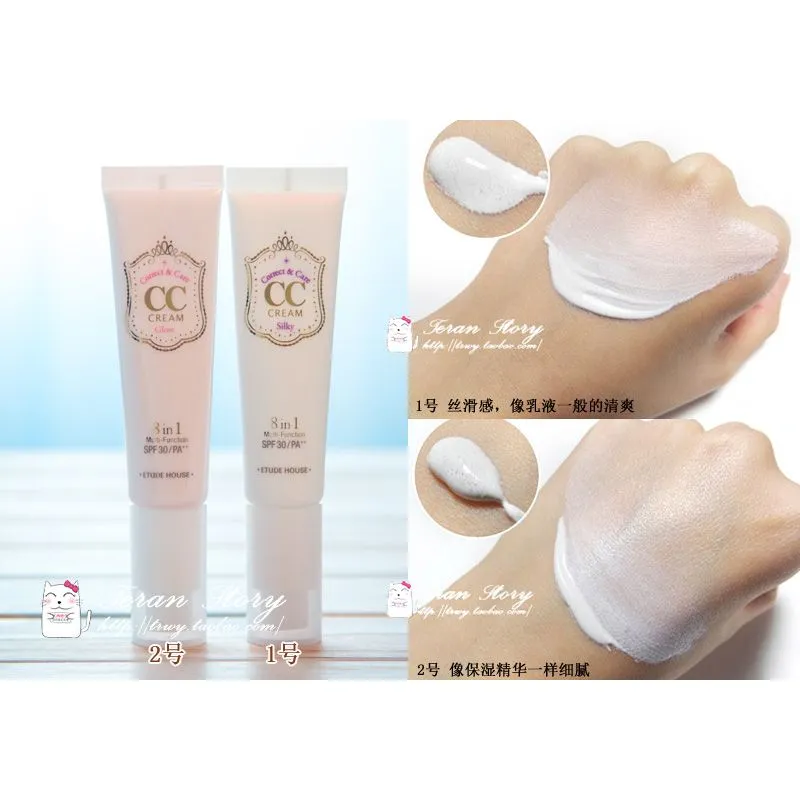
When selecting a whitening cream, it’s important to review the ingredients list. Certain ingredients are highly regarded for their efficacy in skin lightening. Look for formulations that contain ingredients like vitamin C, which acts as an antioxidant and inhibits melanin production. Another popular ingredient is niacinamide (vitamin B3), known for its ability to reduce hyperpigmentation and improve skin tone. Arbutin, a natural derivative of hydroquinone, is also commonly used. Additionally, kojic acid, derived from fungi, is a tyrosinase inhibitor. Always prioritize products with a stable and well-formulated combination of these ingredients. Keep in mind that the concentration of active ingredients can influence the cream’s effectiveness and potential side effects.
Key Ingredients Explained
A deeper dive into the key ingredients reveals their distinct mechanisms. Vitamin C, in the form of ascorbic acid or its derivatives, not only inhibits melanin production but also protects the skin from free radical damage. Niacinamide, a form of vitamin B3, helps to reduce inflammation and improve skin barrier function, which can indirectly benefit skin lightening. Arbutin works by inhibiting tyrosinase, while kojic acid has both antioxidant and tyrosinase-inhibiting properties. When choosing a product, understand the synergy between these ingredients. Products combining multiple active ingredients often provide more comprehensive benefits. Always consider your skin’s sensitivity and potential allergic reactions before applying a new product with strong active ingredients.
Ingredients to Avoid
While many ingredients are safe and effective, some whitening creams may contain ingredients to avoid. Hydroquinone, a potent skin-lightening agent, is banned or restricted in many countries due to potential side effects, including ochronosis (permanent skin discoloration). Mercury, often found in unregulated products, is extremely toxic and should be strictly avoided. Always review the product’s ingredients list and opt for products from reputable brands that adhere to safety regulations. Be cautious of products with unclear labeling or those that make exaggerated claims. Consulting a dermatologist is recommended if you are unsure about any ingredient or if you have any skin concerns.
Benefits of Using a Whitening Cream
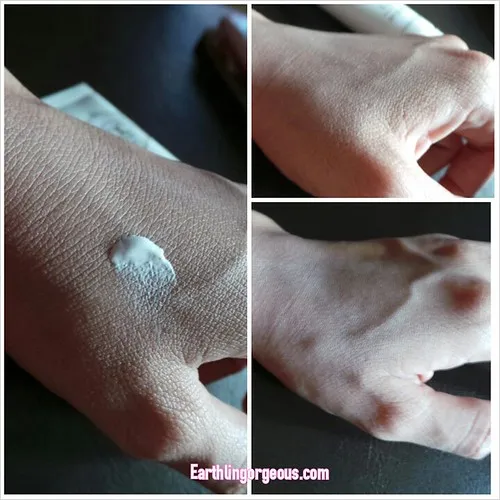
Whitening creams offer various benefits beyond simply lightening the skin. These creams can effectively diminish dark spots caused by sun damage, acne scars, or hormonal changes. They can also help to even out skin tone, resulting in a brighter, more radiant complexion. Regular use can contribute to a more youthful appearance by reducing the visibility of age spots and promoting collagen production. In addition to these benefits, many whitening creams contain antioxidants and other beneficial ingredients that can improve overall skin health. The extent of these benefits depends on the product’s formulation, the individual’s skin type, and consistent use.
The Benefits of Whitening Cream for Your Skin
Whitening creams provide a range of benefits that extend beyond mere skin lightening. By targeting melanin production, they effectively fade hyperpigmentation, such as dark spots and acne scars, which is a common skin issue for many. They work to even out the skin tone, resulting in a more uniform appearance. Many formulations include antioxidants, vitamins, and other compounds that actively nourish and protect the skin from environmental stressors and promote overall skin health. Regular use of a well-formulated whitening cream can also contribute to improved skin texture, making it a valuable addition to a skincare routine for various skin concerns.
Addressing Hyperpigmentation and Dark Spots
Whitening creams specifically address hyperpigmentation, which refers to uneven darkening of the skin. Dark spots, also known as age spots or sunspots, are a common type of hyperpigmentation often caused by sun exposure. These creams target the melanin production process, helping to reduce the appearance of these spots over time. They can also be effective in managing post-inflammatory hyperpigmentation (PIH), which occurs after acne breakouts or skin injuries. By inhibiting melanin production, whitening creams help restore a more even skin tone, leading to a brighter and more balanced complexion. The key is consistent use and protection from further sun damage.
The Ultimate Guide to Choosing the Right Whitening Cream
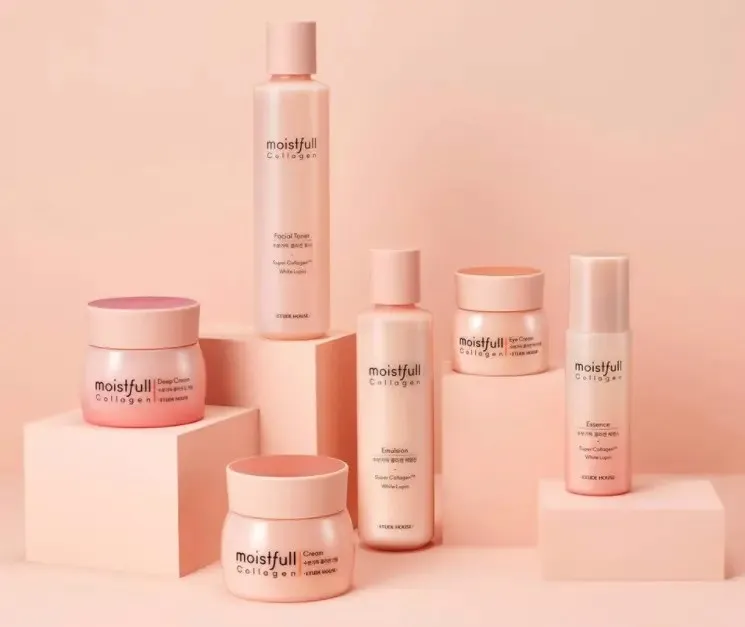
Selecting the right whitening cream requires careful consideration of several factors. First, determine your skin type (dry, oily, combination, or sensitive) to choose a cream with a suitable formulation. Next, evaluate your specific skin concerns, such as dark spots, acne scars, or overall uneven skin tone. Consider the ingredients in the cream, and look for those known for their effectiveness, such as vitamin C, niacinamide, and arbutin. Always prioritize products from reputable brands that adhere to safety standards. Start with a lower concentration of active ingredients to test your skin’s tolerance. Reading reviews and consulting with a dermatologist can also help you make an informed decision.
Evaluating Skin Type and Concerns
Understanding your skin type is the first step in choosing the right whitening cream. If you have dry skin, opt for creams with moisturizing ingredients to prevent dryness. For oily skin, choose lighter formulations that won’t clog pores. Sensitive skin requires creams with gentle, non-irritating ingredients. Identifying your specific skin concerns, like dark spots, acne scars, or overall uneven skin tone, will help you choose a cream that addresses your needs. Look for products that are specifically designed for your skin type and target the underlying issues you are trying to address. By assessing these aspects, you can narrow your choices and select a cream that best suits your needs.
Understanding Different Types of Whitening Creams
Whitening creams come in several forms, each with different formulations and applications. Creams are often suitable for various skin types, offering a balance of hydration and active ingredients. Serums are lightweight and typically contain high concentrations of active ingredients, making them ideal for targeting specific concerns. Lotions provide lighter hydration and are suitable for those with oily or combination skin. Knowing the type of cream you need depends on your skin type and desired level of hydration. Always follow the product’s instructions for use and apply creams consistently to achieve optimal results. Combining multiple product types may be beneficial for some individuals.
Best Whitening Cream Application Techniques

Proper application techniques can maximize the effectiveness of your whitening cream and enhance its results. Cleanse your face thoroughly before applying the cream to remove any dirt, oil, or makeup. Apply a small amount of cream to the affected areas, using gentle, upward circular motions. Avoid rubbing the cream into your skin, which can cause irritation. Apply the cream twice a day, in the morning and evening, unless the product instructions advise otherwise. Allow the cream to absorb fully before applying any other skincare products or makeup. Consistent application is essential for optimal results. Proper storage of the cream, away from direct sunlight, is also crucial.
Step-by-Step Application Guide
To effectively apply a whitening cream, start with a clean face. Gently wash your face with a mild cleanser and pat it dry. Apply a small amount of the whitening cream to the affected areas, such as dark spots or uneven skin tone. Use your fingertips to gently massage the cream into your skin, using small circular motions. Ensure the cream is evenly distributed across the target areas. Allow the cream to absorb fully before applying any other skincare products or makeup. Always wash your hands thoroughly after application. Consistent use is key, so apply the cream twice daily, morning and night, unless otherwise advised by your dermatologist or the product instructions.
Maximizing Results with Proper Application
To maximize the results of a whitening cream, proper application is key. Applying the cream in the correct order within your skincare routine is important. Usually, whitening creams should be applied after cleansing and before heavier moisturizers or sunscreens. Ensure that you are consistent with your application, following the instructions provided by the product. Avoid applying an excessive amount of cream, as this will not necessarily increase the effectiveness and may lead to potential side effects. Regularly monitor your skin’s response to the cream, and adjust your routine if necessary. Furthermore, combining your whitening cream with other beneficial skincare products, such as serums and moisturizers, can support your goals and help you achieve noticeable results.
Whitening Cream for Different Skin Types
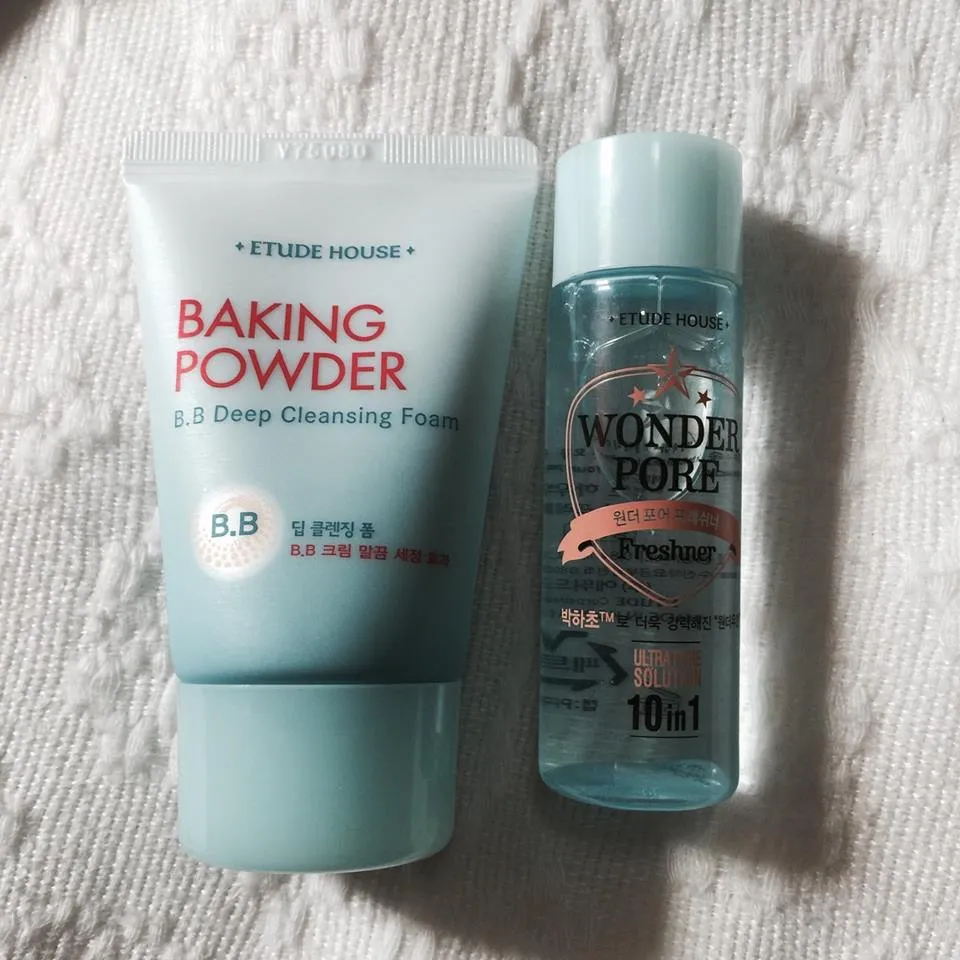
The best whitening creams are those tailored to your specific skin type. For dry skin, choose creams with hydrating ingredients, such as hyaluronic acid and ceramides, to prevent dryness. Oily skin benefits from lightweight, oil-free formulations that won’t clog pores. Combination skin might require different approaches for different areas of the face. For sensitive skin, opt for hypoallergenic, fragrance-free creams with gentle active ingredients. Understanding your skin type allows you to make informed choices. Always perform a patch test before applying the cream to your entire face to ensure it suits your skin. Consulting a dermatologist can further help in determining the best whitening cream for your skin.
Whitening Creams for Dry Skin
Whitening creams for dry skin should be formulated with hydrating ingredients to combat dryness. Look for creams that contain moisturizing agents like hyaluronic acid, glycerin, and ceramides. These ingredients help to retain moisture and reinforce the skin’s natural barrier. Creams with rich textures and emollient properties are ideal, as they help seal in moisture. Choose products that are free from harsh chemicals and fragrances, which can further dry out the skin. Consistent use of a moisturizing whitening cream can help reduce the appearance of dry patches while working to lighten skin tone. Always combine your whitening cream with a regular moisturizing routine to maintain hydrated skin.
Whitening Creams for Oily Skin
Whitening creams for oily skin need to be lightweight and non-comedogenic to avoid clogging pores and causing breakouts. Look for formulations that are oil-free and have a gel or lotion-like consistency. Ingredients like niacinamide and tea tree oil can help control oil production and reduce the risk of acne. Always choose products that are non-comedogenic, meaning they won’t clog pores. Applying your whitening cream sparingly is also essential to avoid excessive oiliness. Combining your whitening cream with an oil-controlling cleanser and toner can optimize your skincare routine. Regular use of these types of creams will lighten the skin while minimizing greasiness.
Whitening Creams for Sensitive Skin
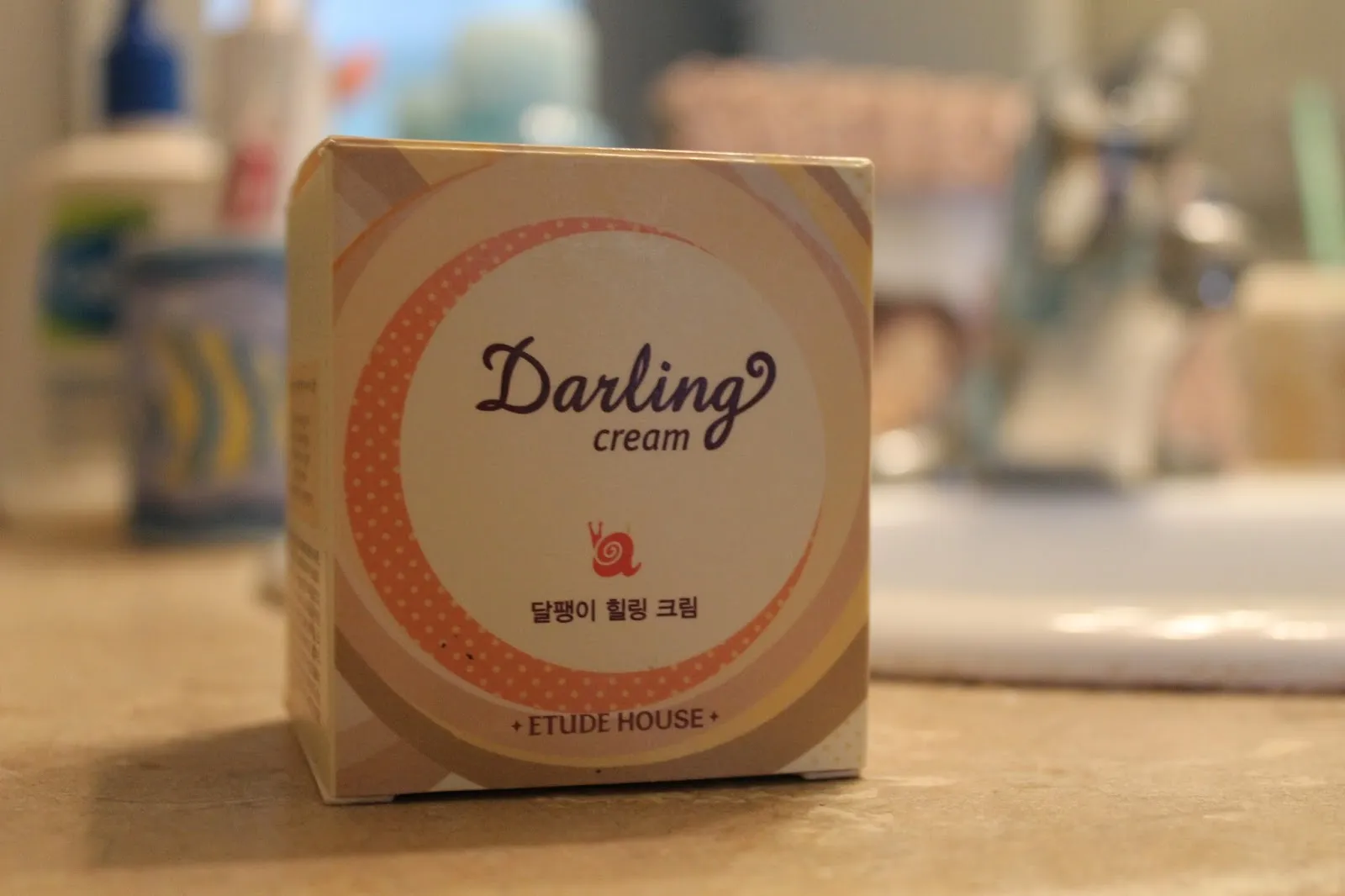
Individuals with sensitive skin must be particularly careful when selecting whitening creams. Opt for hypoallergenic, fragrance-free products to minimize the risk of irritation. Choose creams with gentle, non-irritating ingredients like vitamin C derivatives or arbutin. Avoid products with harsh chemicals, alcohol, or high concentrations of active ingredients. Always perform a patch test before applying the cream to your entire face. If you experience any redness, itching, or burning, discontinue use and consult a dermatologist. Look for creams that are specifically formulated for sensitive skin to reduce the likelihood of adverse reactions.
Whitening Cream and Sun Protection
Sun protection is critical when using whitening creams. These creams make your skin more sensitive to the sun, and UV exposure can worsen hyperpigmentation and reduce the effectiveness of the cream. Always apply a broad-spectrum sunscreen with an SPF of 30 or higher every morning, even on cloudy days. Reapply sunscreen every two hours, especially if you are outdoors or sweating. Wearing protective clothing, such as hats and long sleeves, can further shield your skin from harmful UV rays. Incorporating sun protection into your daily skincare routine is essential for maintaining healthy skin while using whitening creams. Neglecting sun protection can lead to the very problems you’re trying to fix.
Importance of Sunscreen
Sunscreen is a non-negotiable element when using whitening creams. UV rays can stimulate melanin production, which negates the effects of whitening creams. Without adequate protection, you might reverse the benefits of the cream and potentially worsen hyperpigmentation. Sunscreen protects your skin from further damage and allows the whitening cream to work more effectively. Choosing a broad-spectrum sunscreen that protects against both UVA and UVB rays is essential. Regular use of sunscreen is fundamental not only for maintaining the benefits of the whitening cream but also for maintaining the general health and appearance of your skin. Consistent sunscreen use is paramount for achieving desired results.
Incorporating Sunscreen into Your Routine
Integrating sunscreen into your daily skincare routine is straightforward. Apply sunscreen generously as the final step in your morning skincare routine, after moisturizing and before applying makeup. Reapply sunscreen every two hours when exposed to the sun, or more often if you are swimming or sweating. Choose a sunscreen that matches your skin type, whether it’s a cream, lotion, or stick. Consider incorporating sun-protective clothing, such as hats and sunglasses, to further shield your skin. By establishing a consistent sunscreen routine, you protect your skin and enhance the efficacy of your whitening cream.
Realistic Expectations and Results
Managing expectations is crucial when using whitening creams. Results typically take time and require consistent use. The degree of skin lightening varies depending on several factors, including the cream’s ingredients, the individual’s skin type, and the specific condition being treated. Be patient, and remember that whitening creams may not completely eliminate all imperfections. The goal is often to even out the skin tone, reduce the appearance of dark spots, and achieve a brighter complexion. Combining whitening cream with a comprehensive skincare routine that includes sun protection and other beneficial products can significantly enhance your results. Maintaining a realistic outlook will help you achieve the best possible outcome.
Setting Realistic Expectations
Setting realistic expectations is very important for people using whitening creams. Recognize that these creams work gradually, and it takes time to see noticeable results. Results vary based on individual skin types and the ingredients in the cream. Understand that the primary goal is to even out skin tone and diminish the appearance of dark spots, rather than completely altering your natural skin color. Consult with a dermatologist to create personalized goals based on your skin type and concerns. Having realistic expectations will enable you to measure your progress, staying encouraged during the process.
Timeline for Seeing Results
The timeline for seeing results with whitening creams depends on many factors. Results usually start to become visible after several weeks or months of consistent use. The initial signs may include a gradual reduction in the appearance of dark spots and an overall improvement in skin tone. The time it takes to see visible changes depends on the cream’s formulation, the concentration of active ingredients, and the specific skin concern being addressed. Staying consistent with the use and maintaining a comprehensive skincare routine, which includes sun protection, is vital for achieving the best possible results. The exact timeline can vary, but patience and consistent application are essential.
Top Whitening Creams Review
When choosing a whitening cream, researching products from various brands can provide insights into potential choices. The best products usually feature active ingredients, like Vitamin C, Niacinamide, and Arbutin. Reviews from users can offer first-hand information about effectiveness and potential side effects. To effectively evaluate a product, review the ingredients and compare them with your individual skincare needs. Reading customer testimonials can also give insights into user experiences and overall satisfaction. Checking a product’s rating and reviews on popular e-commerce platforms is a good place to start. Always remember to consult with a dermatologist before starting a new product.
Product 1 Review
This section contains the review for product one. Please keep in mind that this is a placeholder and will need to be updated to include specific product name, ingredients and so on. For a comprehensive review, carefully analyze its ingredients, and compare them to your skin type and concerns. Note the formulation, including its texture, and its suitability for various skin types. Assess the application instructions and ease of use. Gather information from user reviews and ratings to understand its real-world performance. Consider any reported side effects. Provide an overall assessment based on its effectiveness, value for money, and user satisfaction. Concluding with a final recommendation based on the gathered evidence.
Product 2 Review
This section contains the review for product two. Please keep in mind that this is a placeholder and will need to be updated to include specific product name, ingredients and so on. Conduct a complete analysis of the ingredients list, and compare them against the effectiveness of those ingredients for the targeted skin issues. Evaluate the formulation, taking into account its texture and how well it performs with different skin types. Study the application instructions, ensuring ease of use. Research user feedback to get insight into real-world user experiences and satisfaction. Include a discussion on any reported side effects. Provide a final judgement depending on its efficacy, value for money, and overall user experience.
Product 3 Review
This section contains the review for product three. Please keep in mind that this is a placeholder and will need to be updated to include specific product name, ingredients and so on. The review must cover the ingredients to ensure that each active ingredient is mentioned and suitable for the skin conditions. Analyze the formulation, emphasizing its texture and effectiveness for the different skin types. Take account of application guidelines and overall usability. Consult user feedback and scores, and note any feedback from users. Provide a balanced assessment according to its benefits, its value, and the consumers’ happiness.
Potential Side Effects and How to Avoid Them
While whitening creams can be effective, it’s crucial to be aware of potential side effects. Common side effects include skin irritation, redness, and dryness. More severe reactions can include skin thinning, sensitivity to sunlight, and, in rare cases, ochronosis. To minimize the risk, always perform a patch test before applying the cream to your entire face. Follow the product instructions carefully and avoid over-application. Use sunscreen diligently, and discontinue use if you experience persistent irritation. Consult with a dermatologist if you have any concerns or if you experience any adverse reactions. Being aware of and addressing these potential problems can help you use whitening creams safely.
Common Side Effects
Several common side effects can be associated with whitening creams. Skin irritation is a frequent reaction, and redness and dryness are also common. Some individuals may experience itching or a burning sensation. Prolonged use or overuse of the product can lead to skin thinning and increased sensitivity to sunlight. In rare cases, some ingredients can cause ochronosis, a condition characterized by permanent skin discoloration. Understanding these possible side effects will enable you to keep a check on your skin when using whitening creams. When you notice adverse reactions, cease use immediately.
How to Minimize Risks
Reducing the risks associated with whitening creams requires careful application and awareness. Always perform a patch test by applying a small amount of the cream to a discreet area of your skin before full application. Follow the product instructions and avoid over-application. Protect your skin from sun exposure by using a broad-spectrum sunscreen with a high SPF. If you experience irritation, redness, or any other adverse reaction, discontinue use and consult a dermatologist immediately. Choose products from reputable brands and verify the ingredients to avoid those with potential harmful substances. By observing these precautions, you can minimize risks while making use of whitening creams.
Conclusion Whitening Cream Review
Whitening creams offer a possible solution for various skin concerns like dark spots and uneven skin tone. Choosing and using these creams with full awareness of their ingredients, benefits, and risks is important. Understanding how they work, knowing the ingredients to look for and those to avoid, and practicing safe application techniques will help you achieve the best results while mitigating potential side effects. By managing expectations, protecting your skin from the sun, and seeking professional advice when needed, you can utilize whitening creams successfully and safely. Consistent skincare and sun protection will help maintain your skin’s health and appearance.
